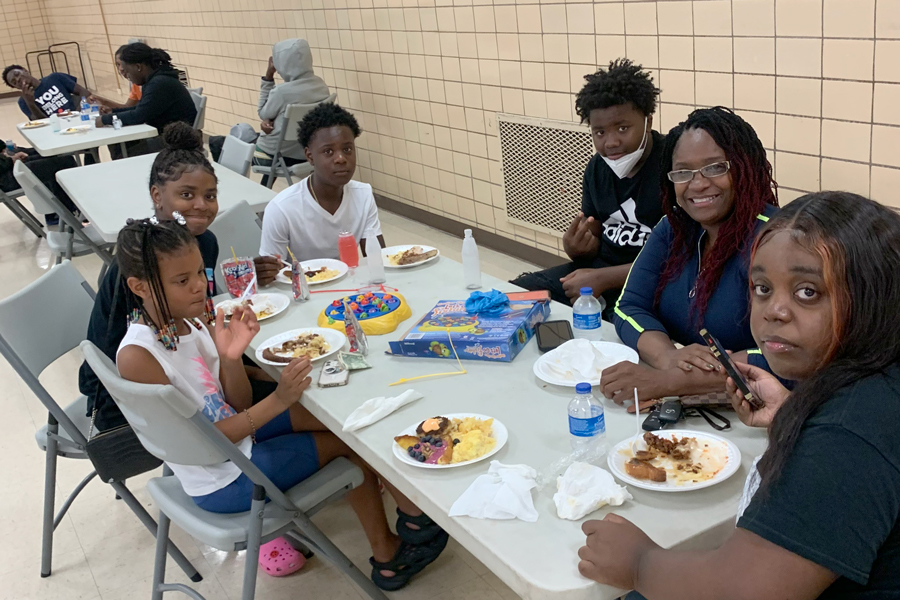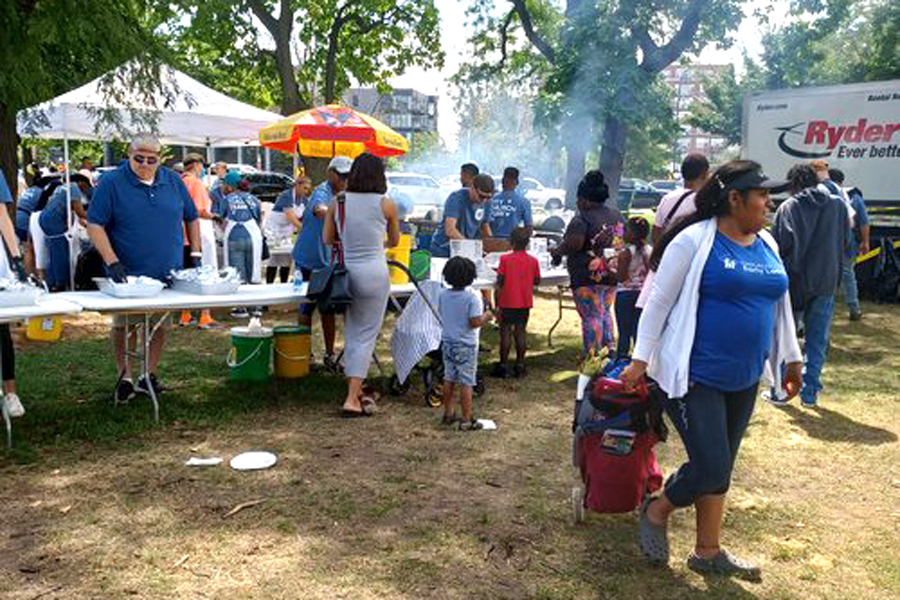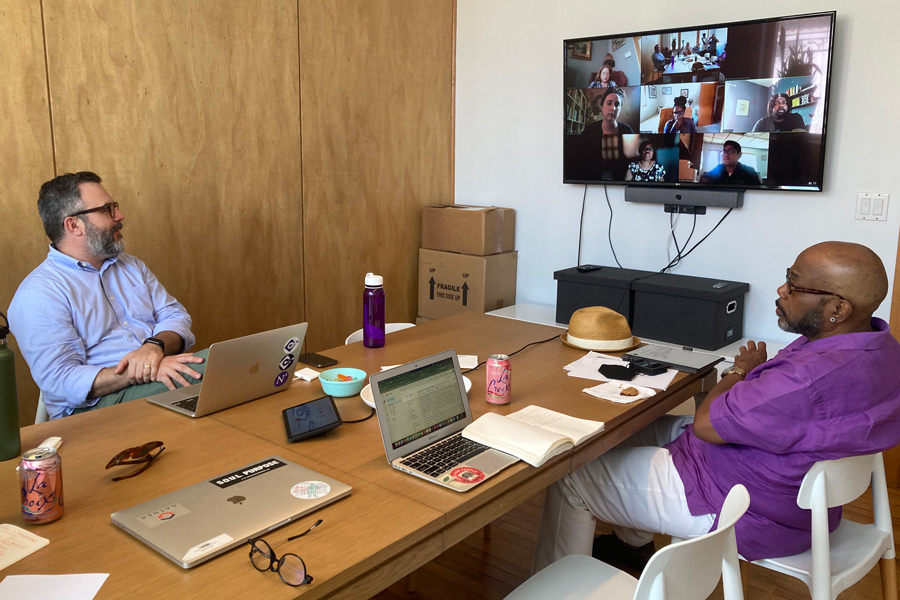This summer, youth across Chicago were provided with 12 weeks of creative workshops through the partnership of community organizations across the South Side. “Chicago Stories On the Block” was a project organized through and designed by members of the Chicago Peace Fellows’ Mutual Aid Collaborative. Involved in the project were David Gonzalez of Port Ministries, La’Keisha Gray-Sewell of the Girls Like Me Project, Pastor Victoria Brady of the Annie B. Jones Community Services, Inc., Cosette Nazon-Wilburn of the LUV Institute, Pastor Philip Jackson of the Firehouse Community Arts Center, and Meghan Olson of One for One Chicago. “Chicago Stories On the Block” aimed to teach, train, and encourage young people between the ages of 16-24 by documenting their unique stories of family, community, and self.

By partnering with community and arts leaders from different neighborhoods and fields, “Chicago Stories On the Block” drew from a wide range of resources to help young people tell their stories. Twice a week, workshops on visual, literary, and performance art were staged to provide youth with different ways of framing their stories and experiences. The workshops taught participants how to listen to stories, the art of storytelling, how to draw and design a mural, graphic design layout, and how to document and photograph their work. The project culminated in the painting of four murals inspired by the participants’ stories, the publication of a chapbook showcasing poetry, and the creation of music inspired by the murals. The variety of arts showcased in the project helped young people find a way of expressing themselves that they connected with, and helped them build respect for different forms of art.
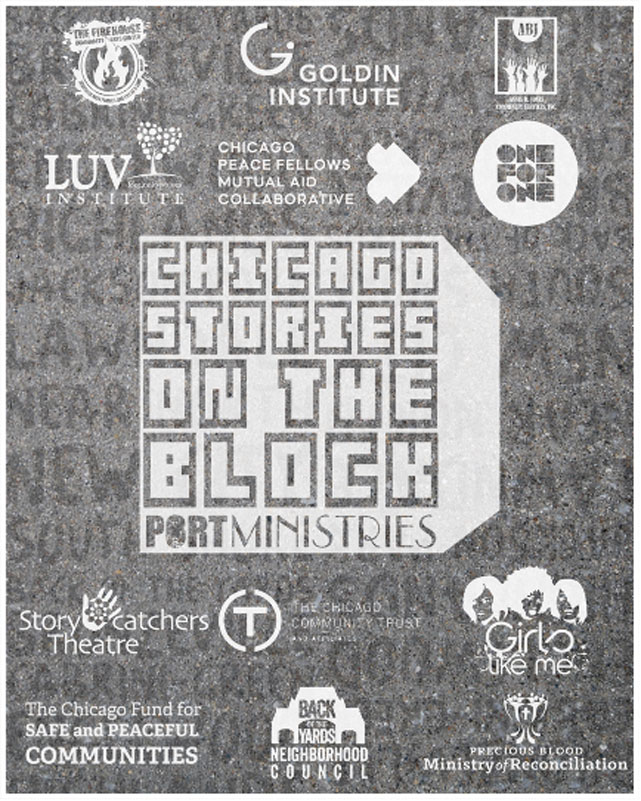
A goal of the project was to use art as a means to tell young people that they are important. David Gonzalez previously had experience transitioning people out of prison using the arts through his work with a community arts organization in Providence, RI called AS220. This provided him with insight into using art as a form of social and emotional learning that provides alternatives to violence. David thinks that “violence actually stops when people have something else to pick up.” Rather than focusing on building a platform of non-violence, arts initiatives like “Chicago Stories On the Block” are important because they provide a course of action for youth to take that is affirmative. Teaching young people arts provides opportunities for parents, peers, and members of the community opportunities to further uplift them and affirm their importance, positively incorporating them into a wider community.
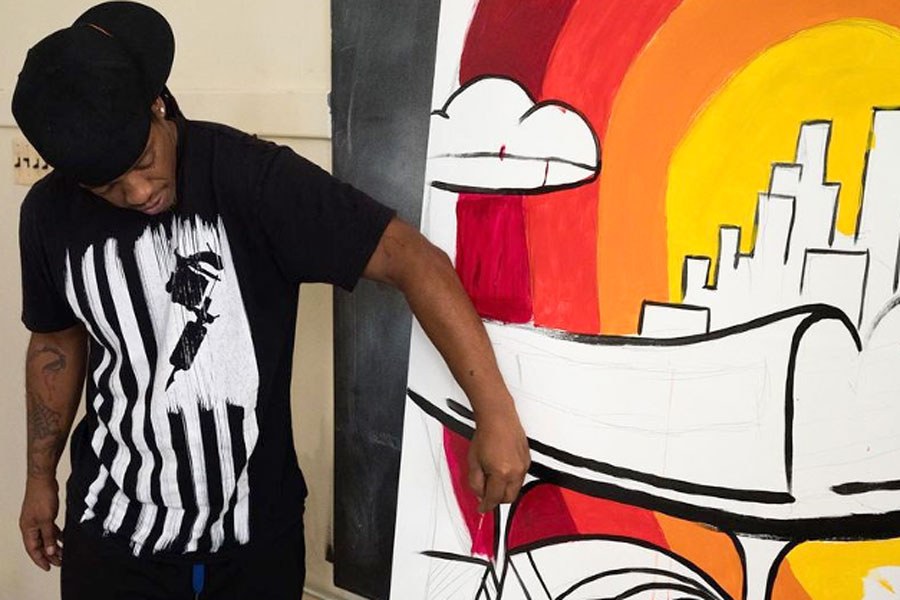
Mr. J Flo was one of the muralists who worked on putting the “Stories On the Block” into visual form.
The workshops also served to support personal development and financial literacy in its participants. Participants were paid fourteen dollars an hour during the three month program through funding from the city’s One Summer Chicago program. The twelve weeks of workshops focused on issues such as financial literacy, peace circles, and mental health so that participants could develop themselves and work towards their goals.
Workshops were held in different neighborhoods throughout Chicago.
Partnership through the Mutual Aid Collaborative simplified paying for the project. Funding from the Collaborative helped fund transportation between different organizations and neighborhoods so that participants could get connected with other communities. The money raised through the collaborative also helped pay the artists involved in the project and provide supplies for their murals. According to David, one of the most helpful things about the Mutual Aid Collaborative was that it took a large administrative load off of his organization by providing an easy way to apply for money and report money. This allowed the organizations involved to focus more on administering programs and save time on tasks like development or accounting.
The partnership between Chicago Peace Fellows also allowed for the project to have a wide reach and connect young people in different neighborhoods across the South Side. Through drawing on the arts and music education in the Firehouse Community Arts Center, the performance and storytelling skills of the Annie B. Jones Community Services, Inc., the resources and space of Port Ministries, and so on, “Chicago Stories on the Block” drew from the existing strengths of the collective institutions. The variety of organizations partnering allowed for barriers to be broken down between different neighborhoods and young people to be exposed to an eclectic mix of arts and talents.


